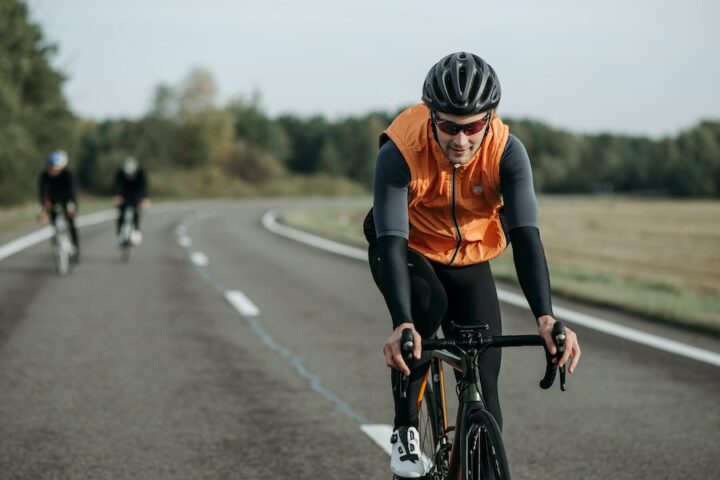
Is There a Value to the One-Hour Easy Ride?
We all understand the purpose of high-intensity intervals and long endurance rides, but is there a value to kitting up and doing a workout that’s both short and easy?
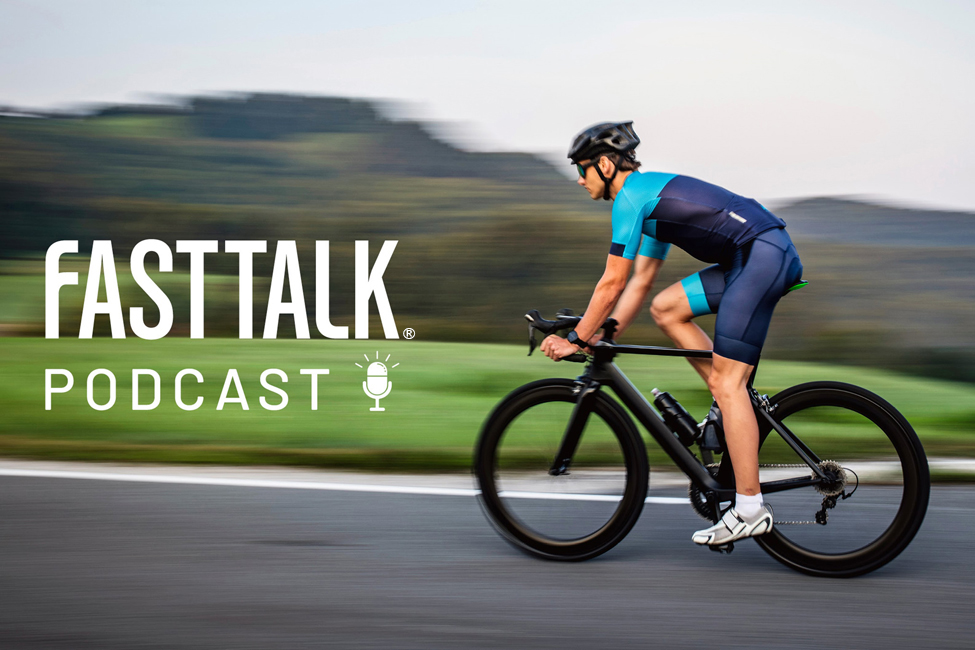
The Fast Talk Podcast focuses on the science of endurance sports in a conversational and informative style. Mixed into the deep discussions, there are tips and takeaways regarding endurance training philosophy, human physiology, workout design, performance nutrition, and sport psychology.
Our hosts Trevor Connor and Rob Pickels explore these topics with world-class, leading experts on endurance sports. These include researchers like Dr. Stephen Seiler, Dr. Bent Ronnestand, Dr. Inigo San Millan, as well as coaches such as Joe Friel, Neal Henderson, Stacy Sims, and Grant Holicky.
Subscribe to Fast Talk for over 275 episodes on Apple Podcasts, Google Podcasts, Overcast, Soundcloud, Spotify, Stitcher, and on your favorite podcasting app.

We all understand the purpose of high-intensity intervals and long endurance rides, but is there a value to kitting up and doing a workout that’s both short and easy?
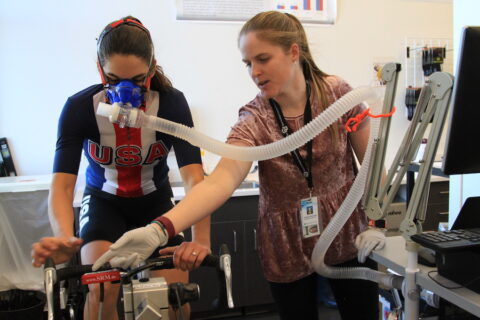
Time at VO2max is driving the recent research on what makes the most effective intervals, but is it a good metric to use? We find out on this week’s Fast Talk podcast.
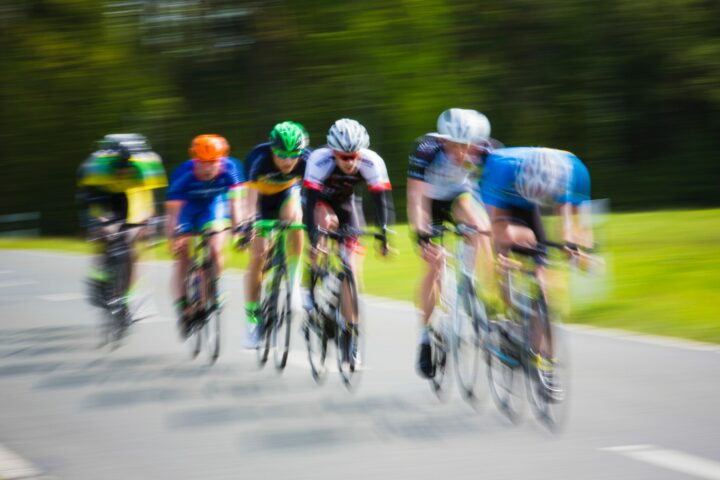
High-intensity training offers many benefits. It also has limitations. We explore just how much HIT work you need to perform at your best.
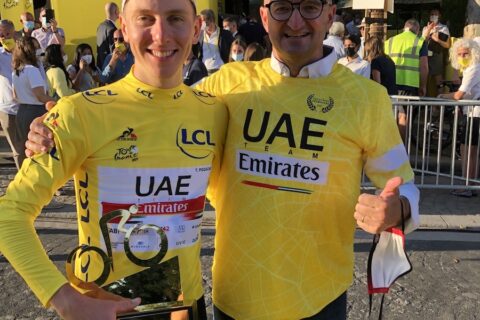
Elite cycling coach Dr. Iñigo San Millán explores the goals of training during the early season, base training months and how to best execute that training.
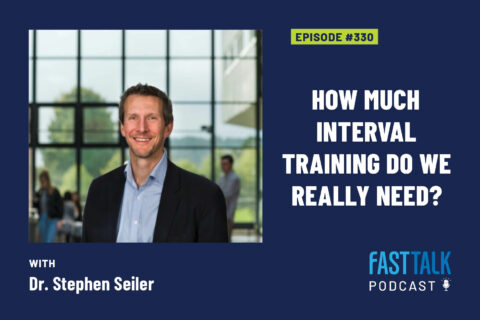
Nothing has been researched more than high-intensity interval training. We talk with Dr. Seiler about what the science really says and how to apply it to our own training.
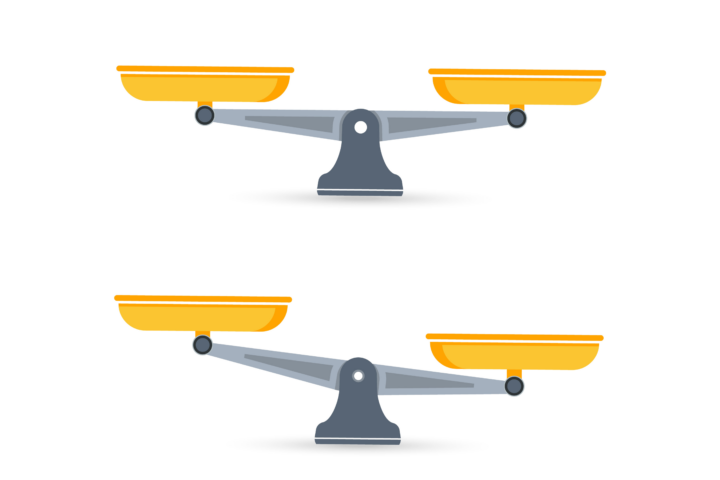
Is more better? We explore how our bodies adapt to training and why the right amount of stress at the right times is a far better way to train than going hard all the time.
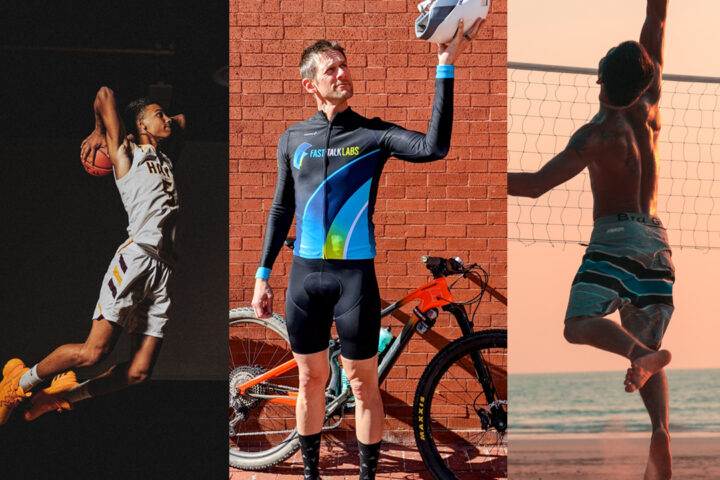
NERD LAB! Our resident physiologists Rob Pickels and Trevor Connor nerd out and dive deep into new scientific research and debates. In this episode: Is cycling explosive and eccentric? Academics take on Dr. Seiler.

We asked for your questions on our 200th anniversary episode and we got so many of them that we decided to dedicate another episode to answer them.
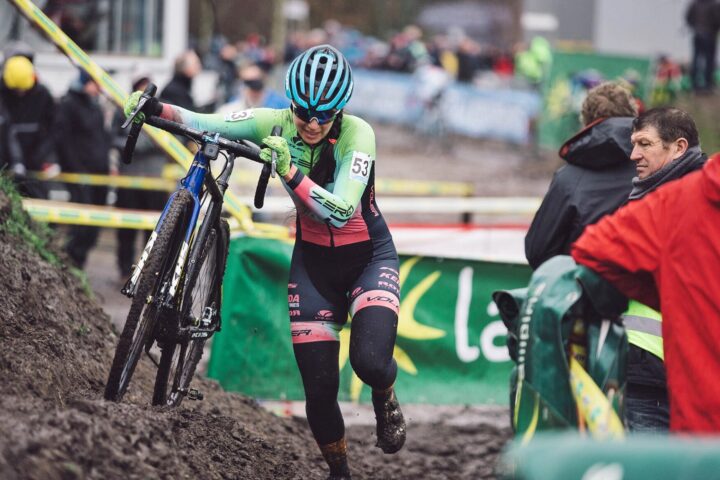
Coach Rebecca Gross of 3six0 Performance helps us field questions on polarized training, closing out your season, if you can “ruin” workouts, spin classes, and more.

In this Q&A episode, guest Grant Holicky discusses sweat rate, polarized training for cyclocross, VLamax, and recovery tools.
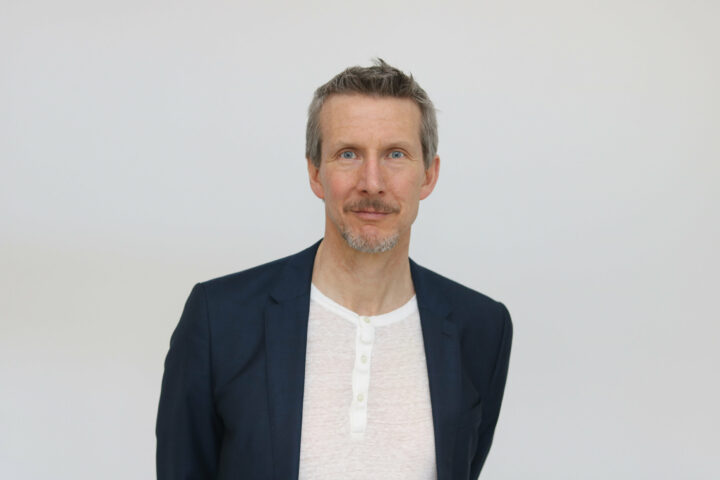
In this episode we learn about the inception of the polarized method, and we discuss Dr. Seiler’s current research on the all-important aerobic threshold.
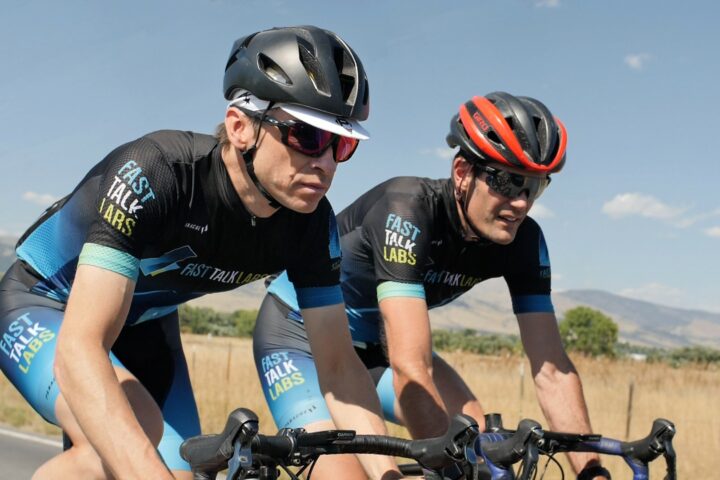
We take on questions about training while fasted, goal–setting analysis, and have a discussion on the polarized training approach.
This Q&A episode we’ll answer questions about diet, the value of short easy rides, sub-threshold work in a polarized training model, and inflammation.
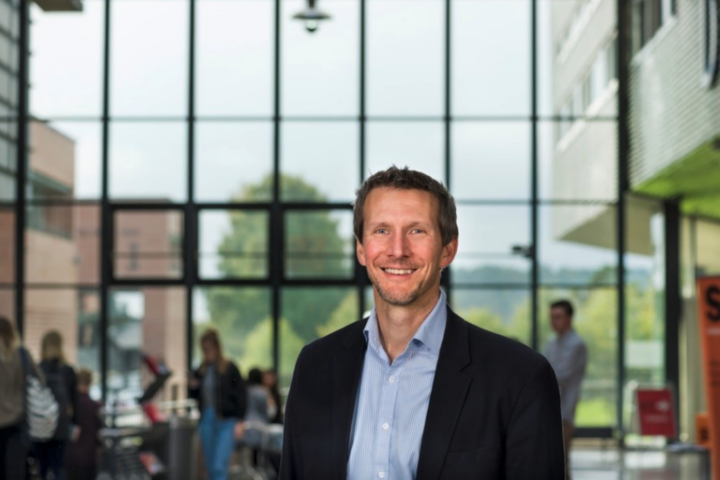
Dr. Stephen Seiler breaks down the application of the polarized training model, addressing what is meant by the two thresholds—LT1 and LT2—and how to determine yours. We also discuss why it’s important not to over-estimate LT1 or LT2, and how to use them to determine your zones in a three-zone model.
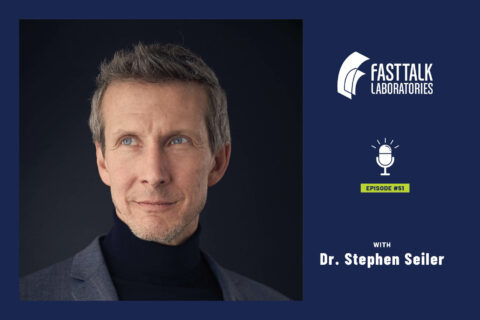
This episode is a deep dive into polarized training with Dr. Stephen Seiler, Grant Holicky, Andrew Randall, Steve Neal, and Larry Warbasse.
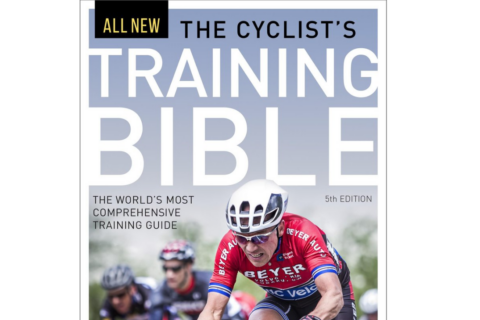
We talk with Joe Friel about the newest edition of his bestselling cycling training book The Cyclist’s Training Bible. We touched on everything from periodization to energy systems, to Joe’s method of research…which believe it or not, has a lot to do with hundreds of 3”x5” note cards.
Which is better, sweet spot training or polarized training? To find out, we invited in proponents of each type of training — FasCat’s Frank Overton on the sweet spot side, and Boulder Center for Sports Medicine’s Ryan Kohler to advocate for a polarized model — and let them have at it.